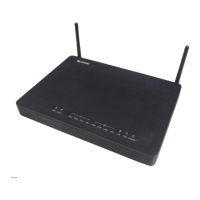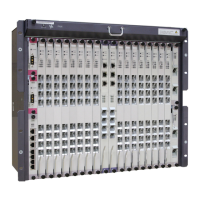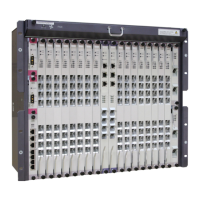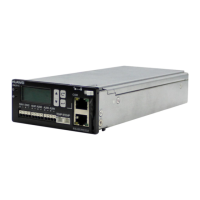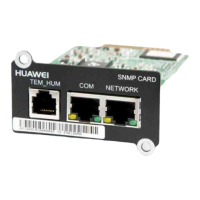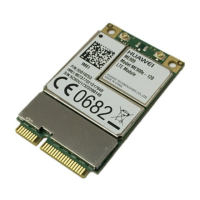CAUTION
To facilitate fault report, save the results of the following steps.
Procedure
Step 1 Confirm the fault scope.
l If the fault occurs on all subscribers of the device, proceed to Step 2.
l If the fault occurs on subscribers of certain ports on the device, go to Step 7.
l If the fault occurs on subscribers using certain numbers, go to Step 11.
Step 2 Run the display pstnport electric command to query the electrical attributes of a PSTN port.
Check whether the impedance type, current type, transmit gain, and receive gain configured on
the faulty port are the same as those configured on a normal port.
l If the impedance type, current type, transmit gain, and receive gain configured on the faulty
port are the same as those configured on a normal port, proceed to Step 4.
l If the impedance type, current type, transmit gain, and receive gain configured on the faulty
port are different from those configured on a normal port, run the pstnport electric set
command to configure the electrical attributes of the PSTN port again to make the electrical
attributes to be the same as those configured on a normal port. Then, proceed to Step 3.
NOTE
When you need to configure the electrical attributes of the PSTN port in batches, you can run the pstnport
electric batset command.
Different countries and regions have different requirements on the electrical attributes. Therefore, the
configured electrical attributes must comply with the local standard and the interconnection parties must
have the same configurations. For example, the requirements for transmit and receive gains are as follows:
l China: The transmit gain and receive gain of the local network are 0 dB and -3.5 dB respectively. The
transmit gain and receive gain of the toll network are 0 dB and -7 dB respectively.
l Other countries and regions: Generally, the transmit gain the receive gain of the local network and toll
network are 0 dB and -7 dB respectively.
Step 3 Call each other again to check whether the fault is rectified.
l If the fault is rectified, go to Step 13.
l If the fault persists, proceed to Step 4.
Step 4 Run the display mgpstnuser attribute command to query the attributes of a PSTN subscriber,
and check whether the input and output gains of the DSP chip configured on the faulty port are
the same as those configured on a normal port.
l If the input and output gains of the DSP chip configured on the faulty port are the same as
those configured on a normal port, go to Step 6.
l If the input and output gains of the DSP chip configured on the faulty port are different
from those configured on a normal port, run the mgpstnuser attribute setframeid/slotid/
portiddsp-input-gaindsp-input-gain-valuedsp-output-gaindsp-output-gain-value
command to configure the attributes of the PSTN subscriber again and make the attributes
to be the same as those configured on a normal port. Then, proceed to Step 5.
Step 5 Call each other again to check whether the fault is rectified.
l If the fault is rectified, go to Step 13.
SmartAX MA5612 Multi-service Access Module
Maintenance Guide
5 Troubleshooting Services Transmitted Through a GPON
Port
Issue 01 (2012-07-25) Huawei Proprietary and Confidential
Copyright © Huawei Technologies Co., Ltd.
186

